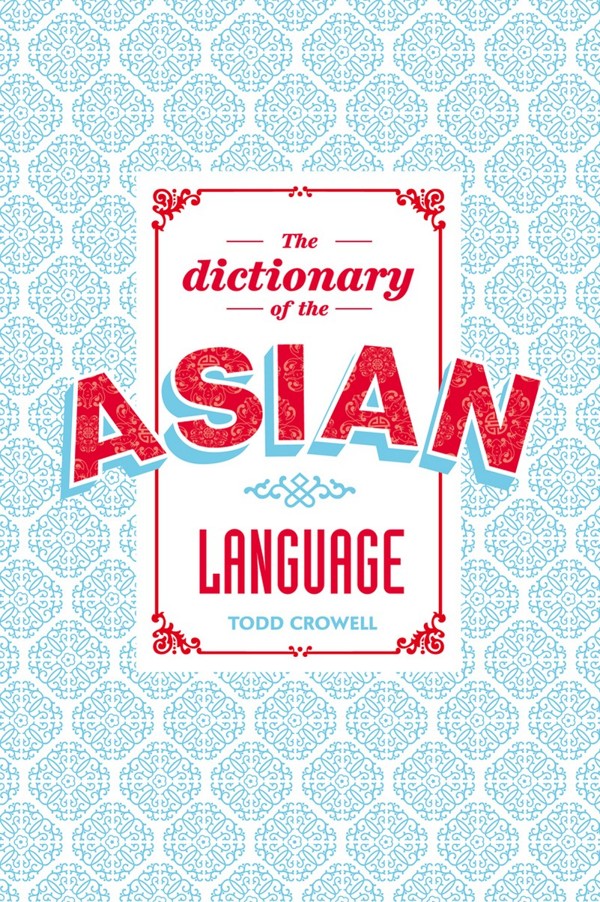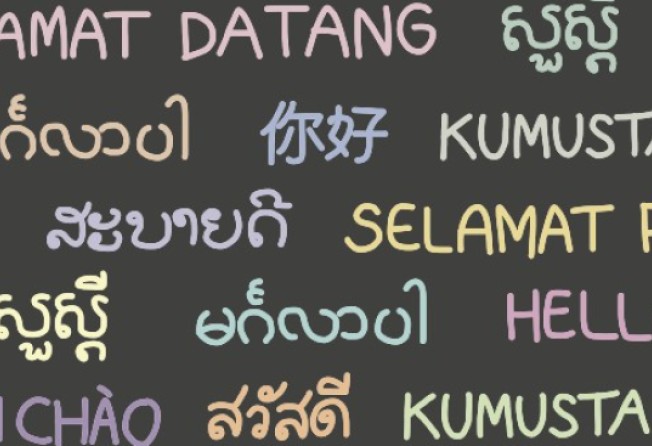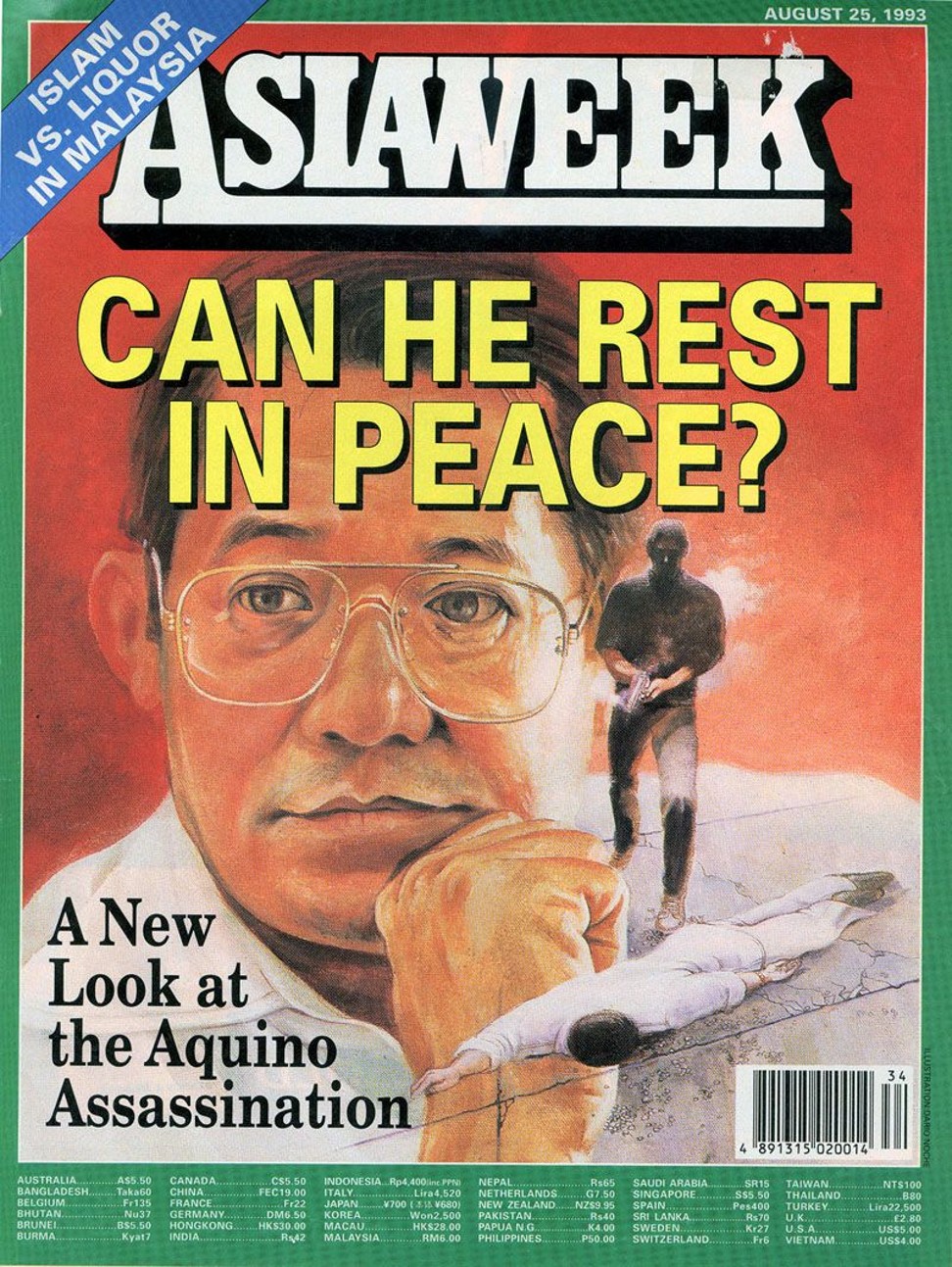
The Dictionary of the Asian Language reviewed: trivia tome reboots popular Asiaweek column
Do you know what a Kimjongilia is? In these days of smartphones and Google this dictionary of trendy Asian terms may not be as useful as in pre-internet days, but it does throw up many offbeat facts that are worth a read

The Dictionary of the Asian Language
by Todd Crowell
Blacksmith Books
3 stars

From its launch in 1975 to its closure in 2001, Asiaweek was a respected English-language news magazine published out of Hong Kong but covering the entire continent. In the early 1990s, the magazine’s co-founder and editor-in-chief, New Zealander Michael O’Neill, introduced to its pages a regular column titled “The Dictionary of the Asian Language”. Todd Crowell, a senior writer at Asiaweek, thought O’Neill’s idea “was loony”.
Starting at the letter A, it took about five years for the magazine’s dictionary of vogue-ish expressions and words – all useful to understanding Asia and Asian news – to run to Z. While O’Neill’s idea was not without flaw – with the columns running alphabetically, for example, there was no way of covering newly discovered terms beginning with previous letters – the “dictionary” proved a hit with readers.
While compiling the dictionary through the years, Crowell came around to his editor’s imperfect concept. His new book, also titled The Dictionary of the Asian Language, is essentially an expanded and updated version of the ’90s anthology. It is also, as Crowell writes in the introduction, “a way of making up” for the magazine dictionary’s built-in limitations “by including words I wish I had known back then”.
Crowell adds – with understatement – that “a lot has happened in Asia in the decades since the Dictionary ran its course”, and so we now have entries such as Gangnam Style and K-pop, Uniqlo, Manny Pacquiao, and many more.

The author claims that the book is entirely new and not simply a compilation of old work. But then he tells also us that the first Asiaweek dictionary entry was: “Aaiiiyah! CANTONESE. What a Hong Kong real estate speculator bellows when he finds out that his Mercedes has been stolen and put on a fast boat to China while he was at an all-night mahjong session.”
The 2017 version begins with: “Aaiiiyah! CANTONESE. What a Hong Kong real estate speculator bellows when he finds out that his new Mercedes 420 has been put on a fast boat to China while he was at an all-night mahjong session.”
Can you spot the difference?
Those entries are essentially the same, which is a little odd considering that the stealing-to-order of luxury cars in Hong Kong – to spirit them to Guangdong on speedboats powerful enough to outrun police launches – was a very 1990s phenomenon. (The “420” tag is also generally associated with Mercedes models from that decade.)
Furthermore – especially in these days of smartphones and Google – do most of us need to be told the meaning of renminbi, Putonghua, kimchi, Diwali, sumo, feng shui, Rugby Sevens, Qantas, durian, Bali, panda or Bollywood? Admittedly, the book’s definition of each term tells me something I did not know before. But isn’t that what Wikipedia is for?
And for the Hong Kong reader: where’s the Umbrella Movement? Where’s Demosisto?
On the plus side, the book does throw up many offbeat facts. Did you know that the Kimjongilia – or the “flower of Kim Jong-il” – is a hybrid of the begonia family and was originally bred by Japanese botanist and Kim admirer Motoderu Kamo to honour the North Korean leader on the occasion of his 46th birthday in 1988?

While never claiming to be comprehensive, The Dictionary of the Asian Language is an informative and deliberately idiosyncratic compendium of trivia. It is a cute stocking-filler, an effective time-killer for the train or perhaps a piece of quirky “loo literature” for reading in the lavatory.
Crowell’s old-school approach will especially appeal to those who choose to give technology a swerve, as well as readers who recall Asiaweek fondly. For these reasons, this new edition may – like O’Neill’s original idea – prove a surprising hit, despite its internet-era limitations.